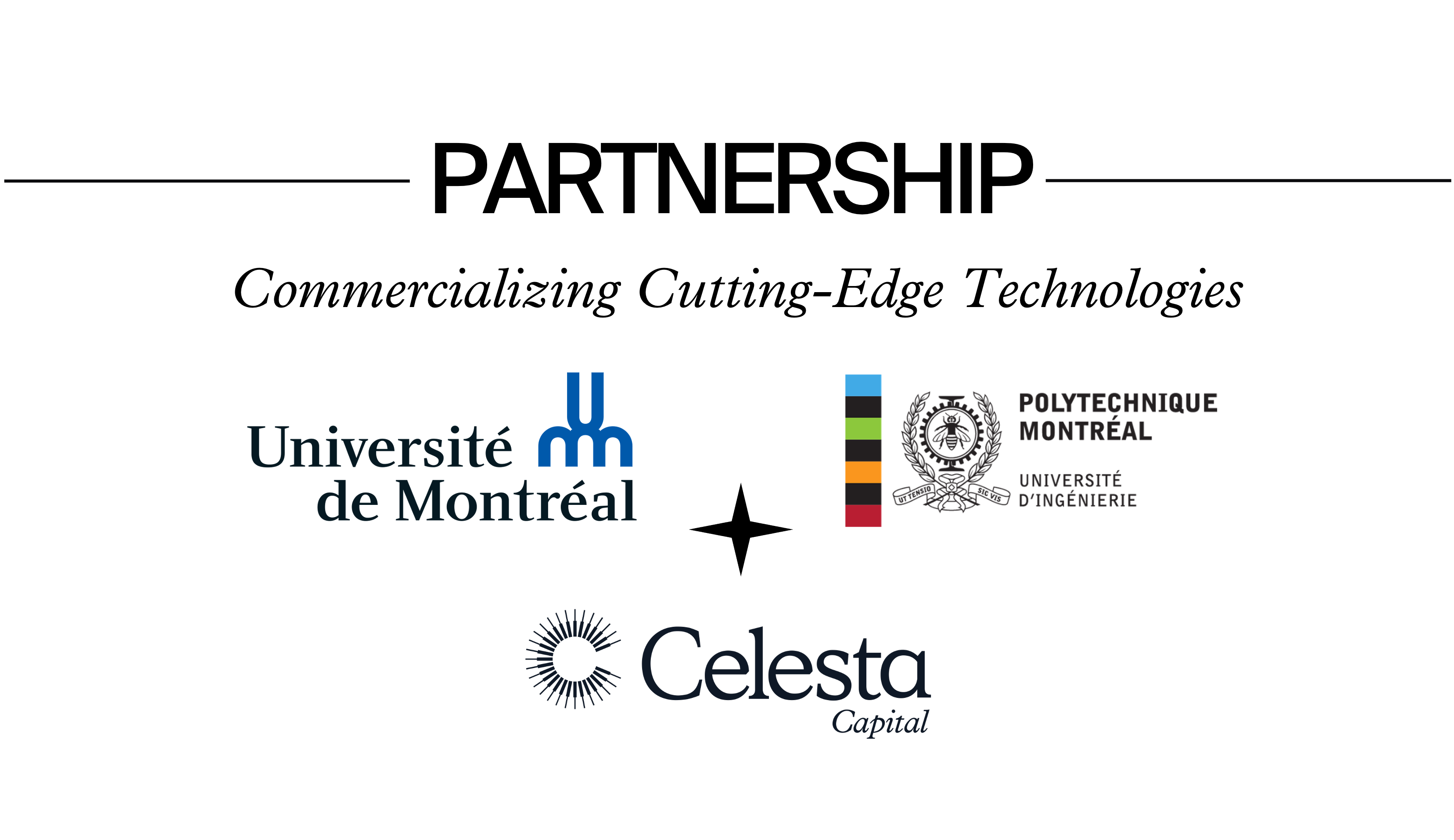Tonbo Imaging is Building the Future of Battlefield Autonomy
Tonbo Imaging is Building the Future of Battlefield Autonomy
When most people hear about autonomous technologies, their minds go to driverless cars. But for Tonbo Imaging, autonomy is about something much more critical: saving lives on the battlefield. Founded with a mission to rethink how soldiers see, understand, and act in high-stakes environments, Tonbo has built an integrated technology stack combining advanced sensing, computer vision, secure communications, and platform control.
In this conversation, we sat down with Tonbo Imaging’s founder and CEO, Arvind Lakshmikumar, to discuss the company’s origins, the technology driving its growth, its unique business model, and the global opportunity ahead.

When most people hear about autonomous technologies, their minds go to driverless cars. But for Tonbo Imaging, autonomy is about something much more critical: saving lives on the battlefield. Founded with a mission to rethink how soldiers see, understand, and act in high-stakes environments, Tonbo has built an integrated technology stack combining advanced sensing, computer vision, secure communications, and platform control.
In this conversation, we sat down with Tonbo Imaging’s founder and CEO, Arvind Lakshmikumar, to discuss the company’s origins, the technology driving its growth, its unique business model, and the global opportunity ahead.
What does Tonbo Imaging do?
When we started Tonbo, we were looking at how autonomy was beginning to transform multiple industries—transportation, defense, security, industrial automation. Defense is unique because the stakes are existential—getting a human out of harm’s way can mean the difference between life and death. Our technology starts with augmenting human decision-making, giving soldiers better sensor data, better scene awareness, and better tools to act on it.
Over the last 8–10 years, we’ve seen a massive shift toward autonomy in defense applications globally, from surveillance to targeting to logistics. Eventually, we believe it can replace humans in dangerous roles entirely. Tonbo was built to deliver the full autonomy stack for the battlefield: sensing, understanding, communication, and control.
How does your technology work, and what kinds of products have you developed?
Think about human action: you see your environment, understand it, communicate with others, and act. Our products mirror that process.
- Seeing the Environment: We build sensor platforms that work in all conditions—night, smoke, fog, dust—using infrared imaging instead of just visible light.
- Understanding the Environment: We’ve developed low-power electronics and algorithms to run computer vision on infrared data, which is more challenging to interpret than visible imagery.
- Communicating Securely: We create optical communication systems that transmit high-resolution sensor data securely over long distances, immune to interception.
- Taking Action: From weapon sights to precision pointing systems for UAVs and missile seekers, we integrate sensing and control into complete targeting solutions.
Each of these subsystems can be sold individually or integrated into complete end-to-end platforms. For example, we manufacture thermal weapon sights for rifles, electro-optic sights for armored vehicles, and precision targeting systems for UAVs. More recently, we’ve expanded into building full platforms—jet-powered drones and high-power microwave systems for counter-drone defense. This breadth allows us to address nearly every aspect of battlefield autonomy.
What sets Tonbo apart from other companies in this space?
Differentiation comes from both our technology and our business model.
On the tech side, traditional infrared imaging relies on expensive, scarce materials like germanium. We redesigned optics to use advanced polymers, removing dependency on geopolitically restricted resources. Then we applied computational imaging—using software to compensate for hardware limitations—delivering high performance without high cost. This approach lets us scale more quickly, lower costs for our customers, and avoid the supply chain bottlenecks that plague our competitors.
On the business side, we have focused on emerging markets—India, Southeast Asia, the Middle East—offering them advanced technology without the export restrictions that limit U.S., Israeli, or European suppliers. We also partner with countries to set up local manufacturing and technology transfer programs, giving them sovereignty over their defense technology capabilities.
We’ve now validated our products against the best in the world. Our aim is always to match or exceed the performance of the global leader at a lower cost and make it available to more countries.
How do you see the long-term opportunity?
Modern battlefields are changing, forever. Threats now include swarms of inexpensive commercial drones. This shift creates opportunities for entirely new categories of defense technology. High-power microwave systems, for example, can neutralize dozens of drones at once without the use of ammunition.
We have the advantage of being a relatively young company—we can be nimble and align our R&D roadmap to where the battlefield is going, not where it’s been. And because we’re headquartered in India, we can sell to a broad set of friendly nations.
Our long-term vision is to be the go-to provider of modern, adaptable battlefield technology for countries looking to leapfrog older, outdated systems.
What recent milestones reflect Tonbo’s momentum?
Our first decade was all about building the technology stack—sensors, optics, algorithms, communications. Many defense companies in countries like India historically just integrated imported technology. We wanted to be different and own the deep tech foundation.
We’ve now validated our products against the best in the world. For example, our high-power microwave system benchmarks against Epirus’s Leonidas for the U.S. Armed Forces. Our aim is always to match or exceed the performance of the global leader at a lower cost and make it available to more countries.
In terms of scale, we have over 20,000 systems deployed across 25+ countries. For us, a milestone isn’t just a prototype—it’s hundreds or thousands of units fielded and maintained in real-world combat conditions. That level of deployment also means we’ve proven our ability to support, maintain, and continuously improve systems in the field, which is critical for long-term customer trust.
What kind of support and partnership have you looked for from investors?
Patience and trust. Deep tech, especially defense, has long gestation periods. Our earliest investors understood that. They didn’t push for quick revenue or premature exits.
What’s unique about funds like these is that they’re often led by former entrepreneurs. They know the journey. They also give founders the freedom to run the company. I’ve never had an investor try to micromanage the business. They stepped in only when there was clear value they could add, like opening strategic doors or helping with scaling.
For any founder, the real test of an investor is whether they will support you through the long, uncertain phases before the market fully catches up with your vision.
What’s next for Tonbo?
We plan to continue expanding both our product suite and geographic footprint. The focus will be on technologies that address the realities of today’s conflicts—counter-UAV, secure communications, AI-driven targeting. And we’ll keep pushing to be globally competitive in every category we enter.
That means staying ahead of the threat curve, partnering deeply with customers to understand their evolving needs, and building technology that’s both cutting-edge and practical in the field. At the end of the day, our mission will remain the same: use technology to protect lives.







